
Insights from smart metering data
eMARC is an initiative by Prayas (Energy Group) to provide insights on electricity consumption in Indian homes. Under eMARC, minute-wise data related to electricity consumption is collected using smart meters from a sample of households and appliances. Interactive dashboards based on the analysis of this data are available on the eMARC website. In this blog series we present key observations based on the data collected from 115 households from January 2018 to June 2020. The households include urban households from Pune City and semi-urban and rural households from the districts of Pune, Aurangabad, Kanpur Rural, and Gonda. In this post we present the insights on the refrigerator consumption patterns in the sample households.
Please read this post for details on how emarc works and the description of our sample.
Key Takeaways
- The average annual electricity consumption of a refrigerator from the sample was about 461 kWh per year. This is about 3 times the average electricity consumption of the most efficient refrigerators available in India.
- A household from the sample can save about ₹ 2100 per year, on an average, in electricity bills by replacing their existing refrigerator with an energy efficient one. This saving can be as high as ₹ 6500 per year for some households.
- Refrigerators accounted on an average for about 27% of the total household electricity consumption but this share varied from 5% to 63%.
- The average power drawn by the refrigerators was about 100 W and the compressor run-time was about 51%. The average power factor was about 0.66 with significant variation observed from 0.35 to 0.96 across the sample, over the analysis period.
Refrigerators are one of the most common kitchen appliances in Indian homes. More than 10 million refrigerators are sold annually in India. Most of these are categorized into frost-free and direct-cool, based on the method used for cooling. In this blog post, we discuss the actual electricity consumption patterns of 86 refrigerators from Maharashtra in our sample using minute-wise consumption data from January 2018 to June 2020. About half of the refrigerators in the sample are frost-free and the rest are direct-cool. About 40% of the refrigerators were bought in the last 5 years. There is almost an equal distribution across the sample for other features such as capacity and star rating. There are 12 refrigerators in the sample from Uttar Pradesh. However, we observe that about 10 of them are periodically switched off (either for a few hours a day or all the time in winter months). Hence, we have considered only refrigerators from Maharashtra for the analysis.
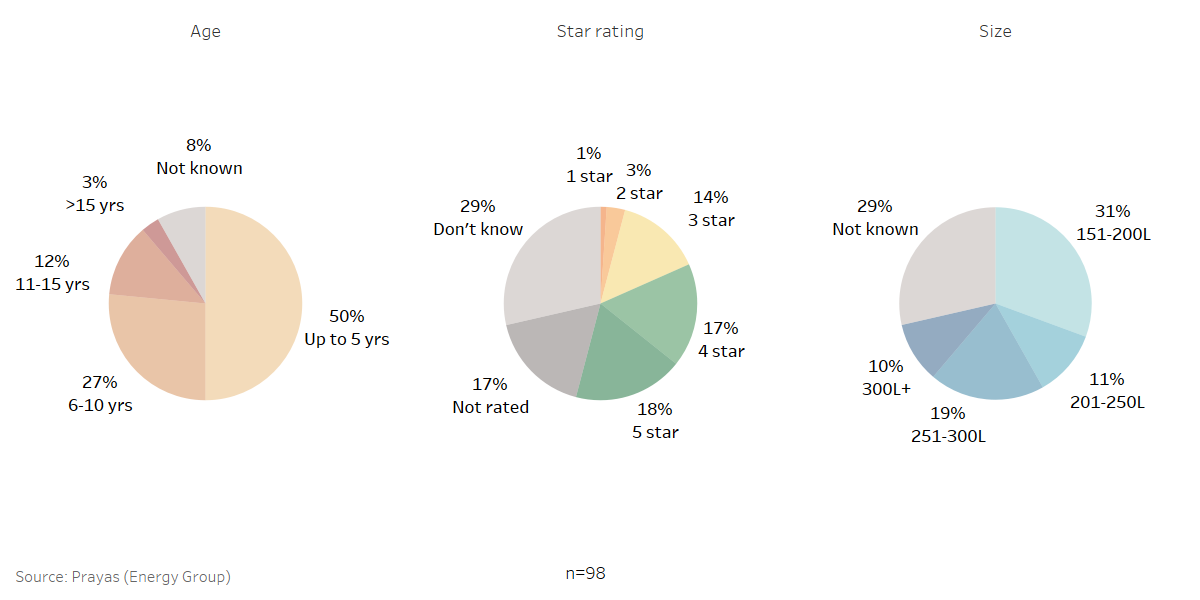
Figure 1: Distribution of sample according to features
Electricity Consumption
The average annual electricity consumption of a refrigerator in our sample was about 461 kWh (median = 427). A significant variation was observed across the sample depending on age, size, type, and efficiency of the refrigerators (see Figure 2). A 285 litre, 12 year old frost free refrigerator had the maximum annual consumption of about 943 kWh per year while a 210 litre, 5 star, 3 year old direct cool refrigerator had the minimum consumption of about 175 kWh per year. The electricity consumption of a refrigerator is usually higher in summer as compared to winter due to frequent use and higher ambient temperatures. The average electricity consumption of refrigerators in our sample was about 46% higher in summer months than that in winter months. Refrigerators accounted on average for about 27% (median = 24%) of the total household electricity consumption. However, the share varied from 5% to 63% depending on the actual electricity consumption of the refrigerator as well as that of the other appliances in the household. We did a multivariate regression analysis to examine the dependence of the annual electricity consumption on age, size, type, and number of people in the household. We find that age and type were statistically significant factors that impacted a refrigerator’s electricity consumption. Every 1% increase in age led to 0.26% increase in its consumption. In case of type, the probability of higher annual consumption was about 32% more in a frost-free refrigerator than a direct-cool, keeping all the other factors constant.
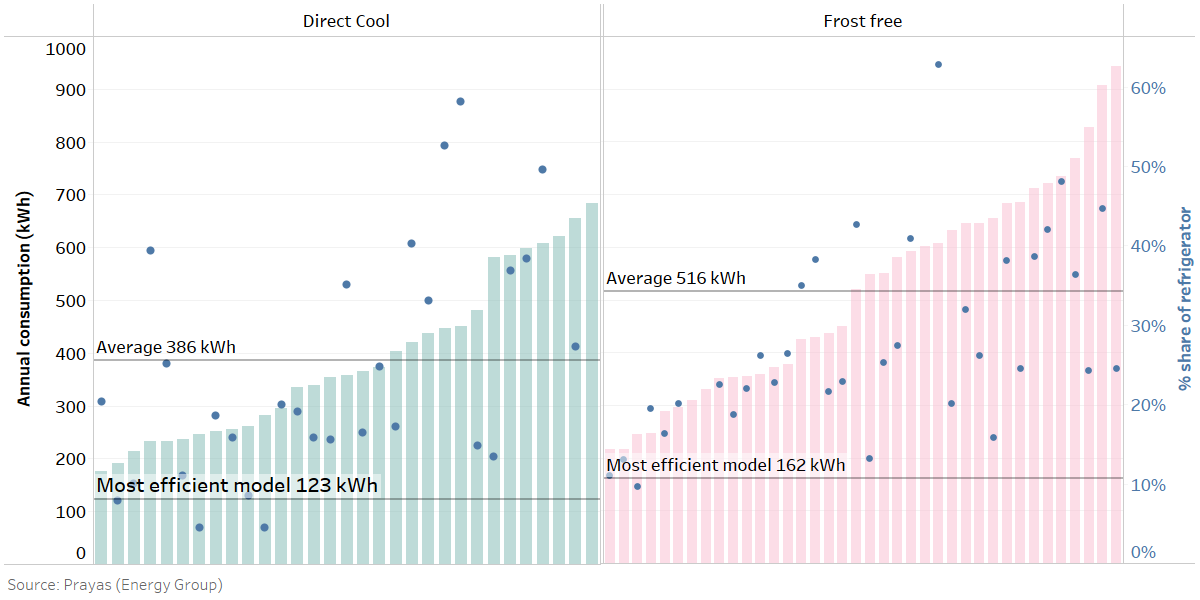
Figure 2: Annual electricity consumption of the refrigerators in the sample
On an average, a household from our sample can reduce their electricity consumption from the refrigerator by about a third if they replace their current models with the most efficient variants available in the market within the same size and type bands. These savings can further increase by 10% if manufacturers start offering 5 star models as per the current schedule from the Bureau of Energy Efficiency (BEE). According to the latest data, there are no 5-star frost-free refrigerators approved by BEE and only about 4% of the total approved direct-cool refrigerators are 5-star rated. These savings in electricity consumption translate to an average annual saving of ₹2165 in energy charges of the electricity bills. In some households with highly inefficient refrigerators, this can be as high as ₹6500 per year. The monetary savings are estimated based on the potential savings in electricity consumption and multiplied by the tariff as per the applicable tariff schedule
One of the households from our sample replaced their existing direct-cool refrigerator with a larger but much more energy efficient frost-free refrigerator and reduced their electricity consumption by more than half as can be seen in Figure 3.
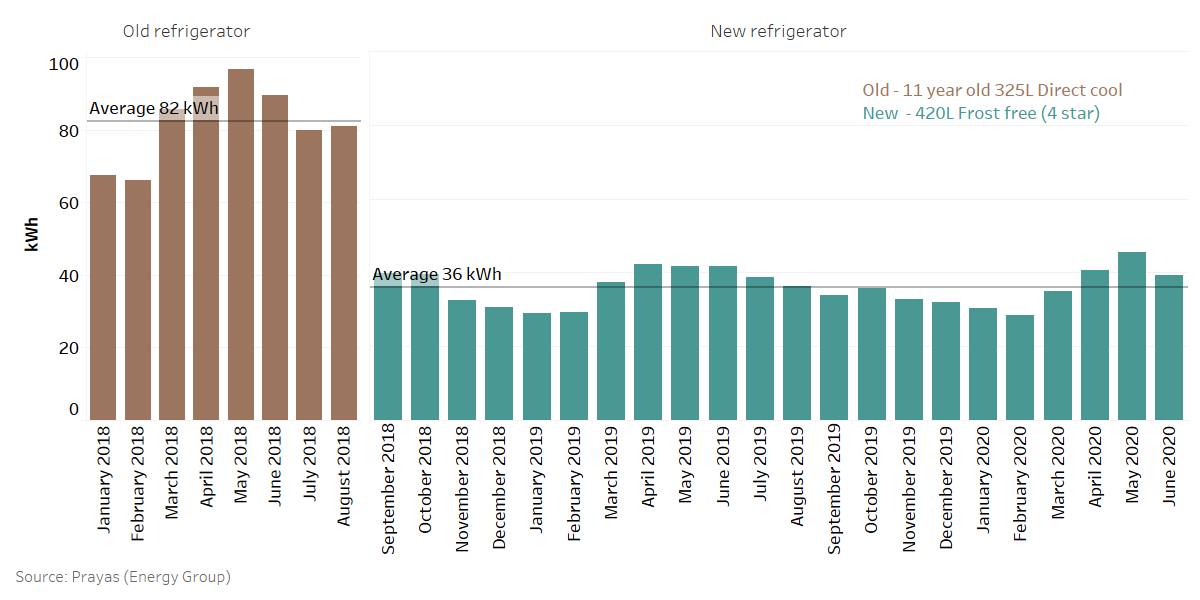
Figure 3: Actual savings observed in a household which purchased energy efficient refrigerator
Load and power factor
The refrigerator load is primarily an inductive load of the compressor. There are two types of compressors; fixed-speed and variable-speed (also called inverter compressors). The compressor switches on and off whenever cooling is required to maintain the temperature inside the refrigerator. A fixed-speed compressor, as the name suggests, always runs at fixed speed and always draws full rated power. A variable-speed compressor, on the other hand, adjusts its speed depending on the cooling required and draws power accordingly. Typical load curves of two refrigerators from the sample with fixed and variable speed compressors are shown in Figure 4. Load duration curves (Figure 5) of these two refrigerators over a year show how the compressor run-times and wattage varied over the year. At the sample level, the average power drawn by the compressors in the refrigerators is about 100 W (median = 98W) varying between 44 W and 156 W. The average compressor run-time is about 51% (median =51%). We observe a marginal increase in the run-time of the compressor with the age of the refrigerator. As the compressor on-off cycles for different refrigerators may not coincide, the aggregate average load for all the refrigerators is almost flat at about 40 W (Figure 6). This reduces to about 30 W in winter.

Figure 4: Typical load curves of fixed-speed and variable-speed compressors from the sample

Figure 5: Typical load duration curves for fixed and variable speed compressor from the sample
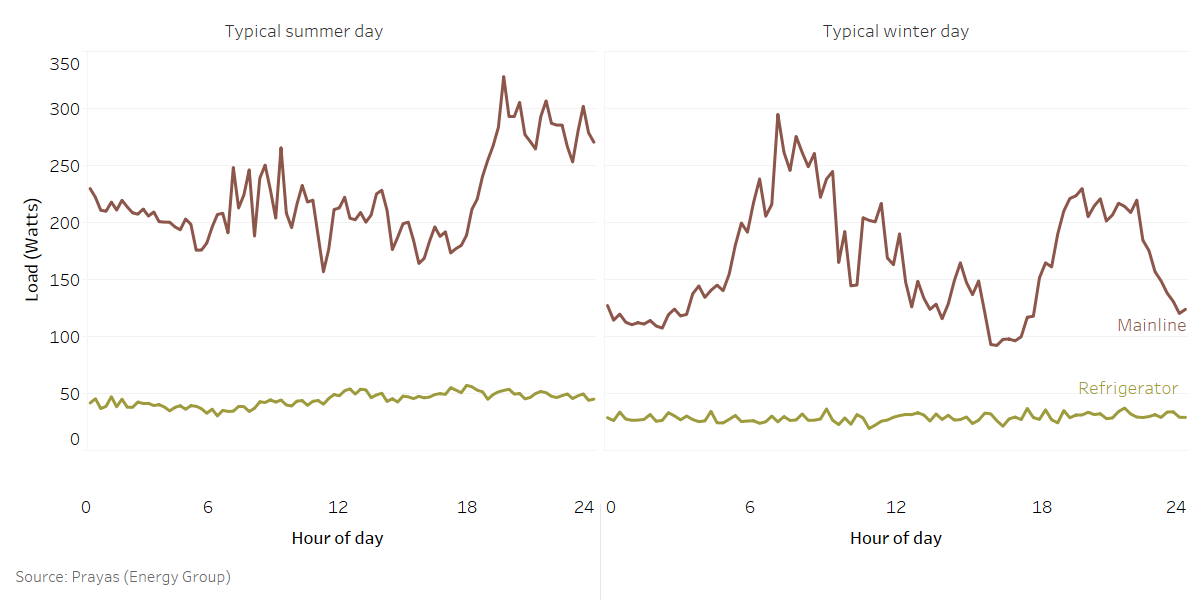
Figure 6: Aggregate average load curves of mainline and refrigerator from the sample
Power factor (PF) is the ratio of the active power to the apparent power. Although a unity power factor is ideal, a PF of 0.85 is considered to be the best practice in case of inductive load like that of a compressor in the refrigerator. On an average, the refrigerators in our sample had a PF of 0.65 (median = 0.63) with a range varying between 0.36 to 0.96 for the entire compressor run-time (see Figure 8). Bureau of Indian Standards (BIS) guidelines for improvement of PF issued in 1975 and reaffirmed in 2006 mention a value of 0.65 as average natural power factor for refrigerators. But perhaps, it is time to re-examine the same. A low PF can be a result of multiple factors including the quality of supply from the distribution companies and presence of harmonics due to non-linear loads like LED bulbs, computers etc. at the consumer end. A low PF can affect both consumers and distribution companies with varying magnitudes. Power factor correction devices at the load end can correct power factor but their adoption, particularly in residential consumers, has been very limited due to lack of clear financial rationale and awareness.
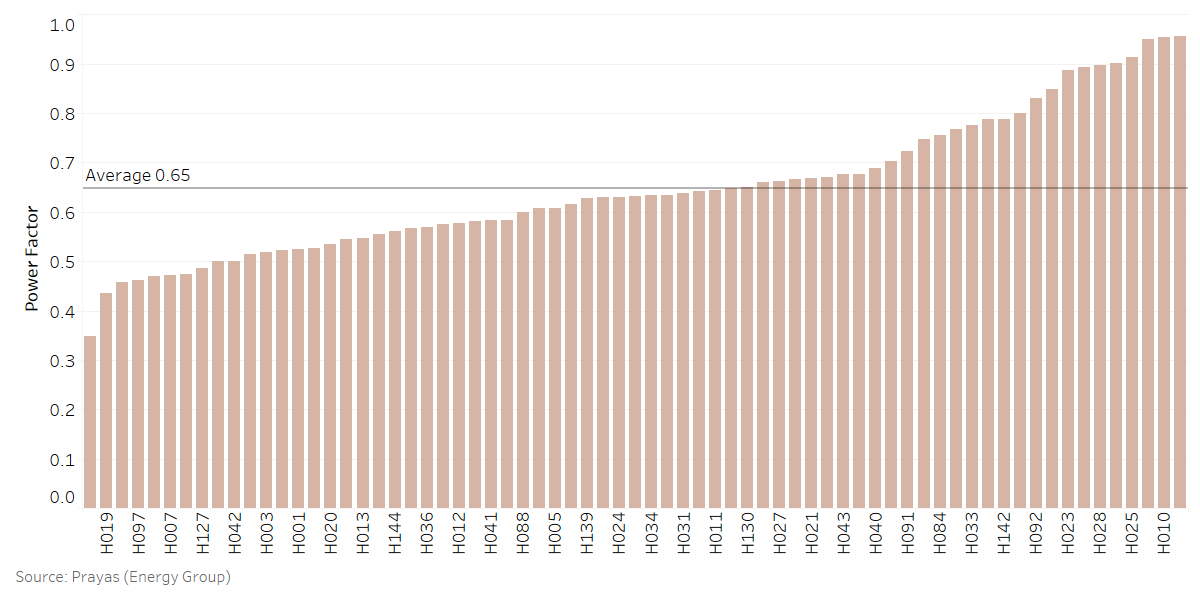
Figure 7: Average power factor for the refrigerators in the sample
To conclude, the smart meter data shows that significant saving potential exists from energy efficient refrigerators. In our sample, it is seen that a household can reduce their electricity consumption to a third by replacing their current models with the most energy efficient variants. We also observe a significant variation in the electricity consumption across the households. The refrigerators in the sample are observed to have low power factors which is a matter of concern and needs to be investigated further for its attribution as well as potential solution.
Contributors: Aditya Chunekar, Abhiram Sahasrabudhe, Shweta Kulkarni
Please contact Aditya Chunekar (
Suggested Citation: Prayas (Energy Group), ‘Refrigerator Electricity Consumption Patterns’, part of blog-series on smart meter data collected under the eMARC initiative, July 2021.
Please click here to read the other posts in this series.

